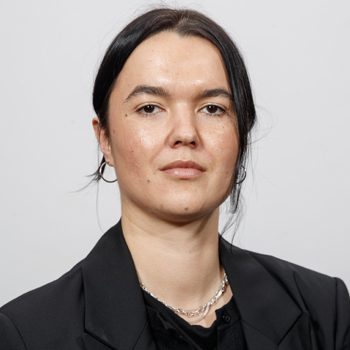In 2020, 16 institutes of technology and polytechnics (ITPS) and nine industry training organisations (ITOs) were merged into one national network, known as Te Pūkenga – New Zealand Institute of Skills and Technology.
The coalition Government announced in December it would disestablish Te Pūkenga. The merger aimed to save some of the duplicated costs within the vocational educational sector while standardising courses.
In June Simmonds told Parliament’s education and workforce select committee “the polytechnic part of Te Pūkenga deficit is $189 million for 2023″.
Today, she said the institution was “drowning in debt of over $250m”.
“New Zealand needs a strong vocational education and training system with genuine regional control to ensure our people, industries, and communities can thrive,” she said.
“One that provides skills, knowledge and career pathways for learners into industries and professions that are vital to the economic prosperity of New Zealand.”
Feedback was being sought on three parts of the system:
- A redesigned Institute of Technology and Polytechnic network that retains access to tertiary training in our regions, through a combination of stand-alone and federated ITPs.
- Options for an industry-led system for standards-setting and industry training.
- Changes to vocational education funding from 2026 to better support the reformed system.
Submissions are open until September 12 and can be made via the Ministry of Education website.
Hipkins said the polytechnics were already failing prior to Te Pūkenga being established and amalgamating them made sense.
“It will actually safeguard the future viability of the system. Going back to what we had when what we had was clearly failing isn’t the answer to the problem.
“I’ll admit, Te Pūkenga has had a pretty rocky ride since it was established. The benefits of that reform had not yet been realised. A lot got in the way of that reform process, including the pandemic where the institutions were shut down for a long period of time.”
Julia Gabel is a Wellington-based political reporter. She joined the Herald in 2020 and has most recently focused on data journalism.
